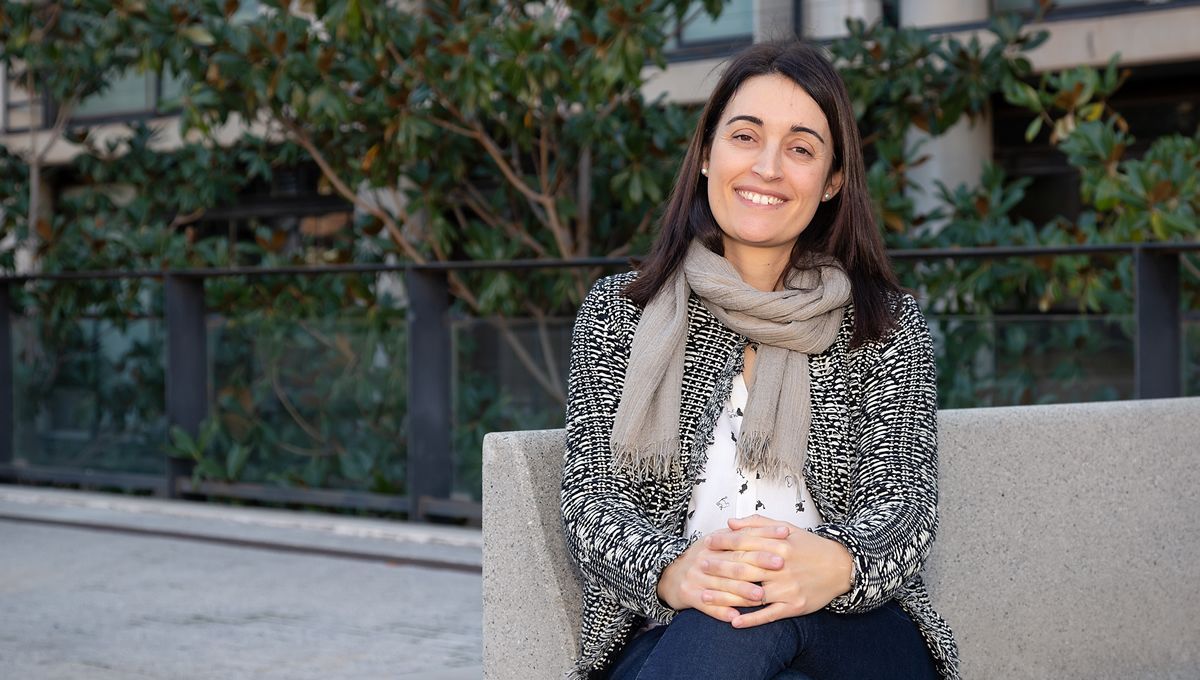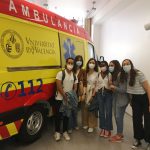
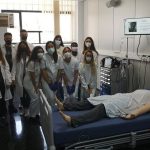
When a person suffers a serious accident and has to be transferred to the emergency department of a hospital, they go through many hands, both for the immediate care provided and during the subsequent rehabilitation process, which requires a good coordination between health professionals. Therefore, more and more Spanish universities that unite students from their different health degrees so that they work together and that the care they provide in the future is the best possible.
One of the most extreme and unique cases in our country is in the University of Valencia (UV). There they have, since 2020, a Center for Interdisciplinary Simulation in Health (CESIS-UV) that generates cases in which more than 1,000 students from almost all of their health degrees participate each year: Medicine, Nursing, Psychology, Physiotherapy, Pharmacy, Dentistry and Nutrition and Dietetics. Many do it jointly, although in the end each faculty adapts them individually to the needs of their students.
“We made this approach taking into account all health situations, not thinking first about Medicine and Nursing, which already have a track record in simulation, and then about the rest”
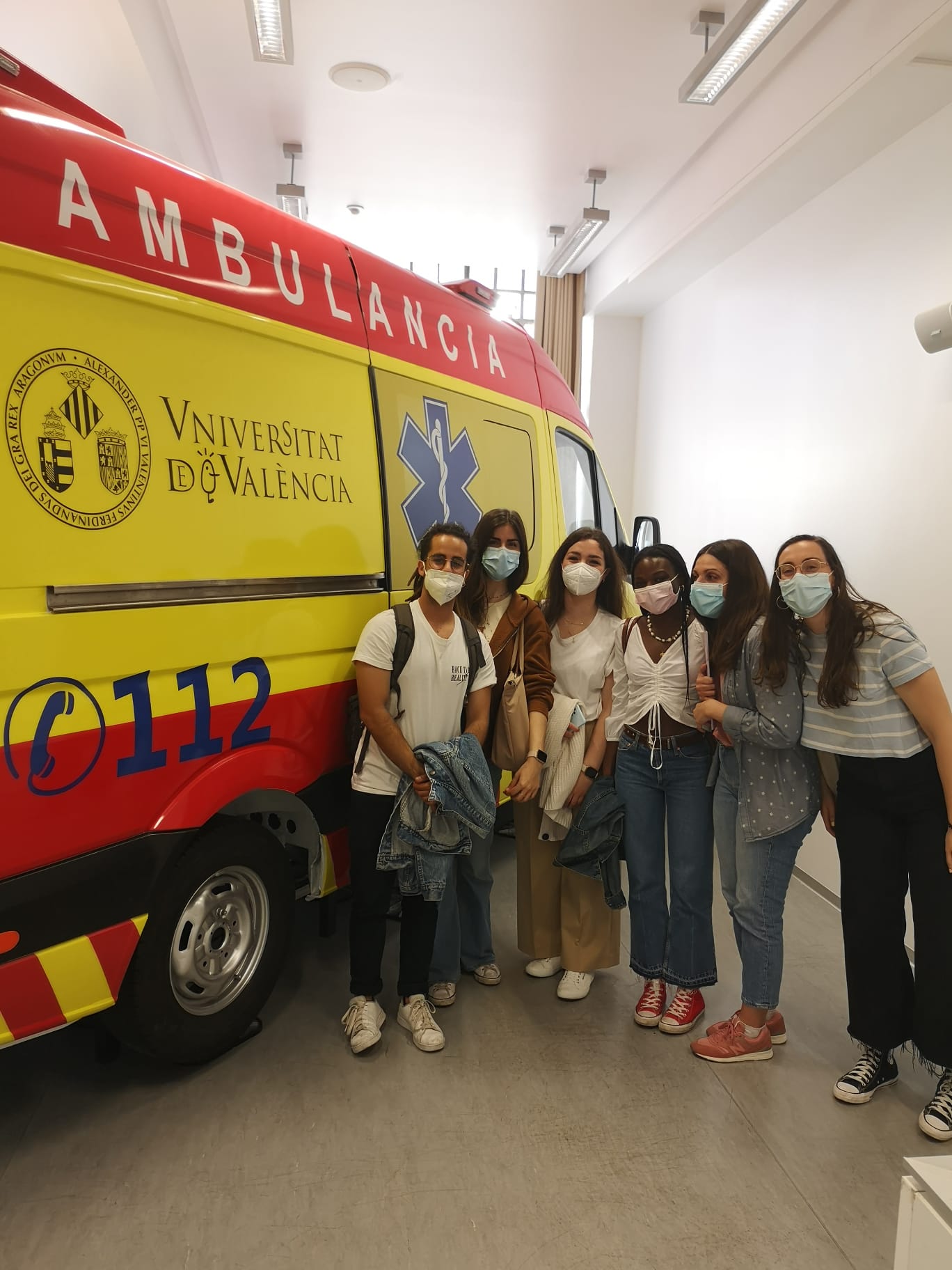
“We made this approach taking into account all health situations“, not thinking first about Medicine and Nursing, which already have a track record in simulation, and then about the rest,” he highlights to ConSalud.es. Sofia Perez Alendadean of Physiotherapy at the University of Valencia and coordinator of CESIS-UV about a system that, she assures, differentiates them from other simulation centers that currently exist in Spain “both in hospitals and in the faculties themselves.” “It’s not that Physiotherapy has a more important role. It is simply that among the five deans of the faculties that use it, we agreed to appoint a representative for organizational issues, but we have the everyone’s approvalhe clarifies.
The simulation, like the aforementioned multidisciplinary care to the patient, it is not something new either. But also in this case it is becoming more and more important, and what the UV does with its innovative model is to bring both concepts together: “Our students have internships from the first year, in laboratories with stretchers where they can practice assessment techniques. and treatment, but it is something more basic. In this new center, teacher and student have to act as if it were a real clinical situation, with a different methodology.”
A SINGLE CASE FOR SEVEN RACES
Through CESIS they present very specific cases for each qualificationas the dean of Physiotherapy gives as an example, a consultation simulator attended by a pregnant woman which calls for a massage technique to treat the pelvic floor and promote childbirth. But the aspect that makes it really different from the rest of the simulators is this conjunction of students from different careerswhich they established as the simulator was “rolling.”
“We generate the case of a multiple trauma patient who had had a scooter accident, and we complicated and adapted it little by little. The sixth year Medicine and fourth year Nursing students go first, the case is presented to them and they do a simulation of emergency care within a ambulance. Once stabilized, he is taken to the emergency room, and the Nutrition, Dentistry and Pharmacy students also enter the hospital simulator together. We explain to them that the patient has a mandibular fracture, that he has lost teeth, that his medication and diet must be adjusted…” says Pérez Alenda.
“This is not just a virtual hospital, it is an entire work methodology”
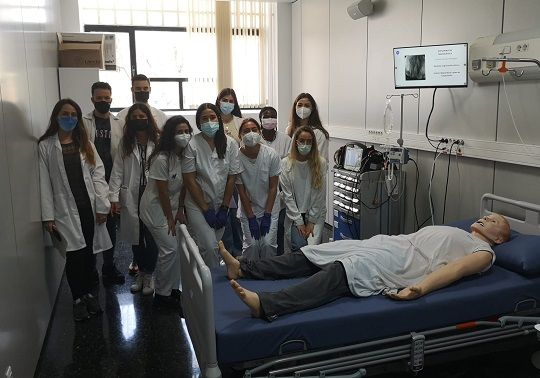
Lastly, in later phases, once the patient has been operated on and they have been given a background, the Psychology and Science students appear. Physiotherapy. “Not everyone can go on the same day and to the same room, because it is not feasible. In each simulation there are between twelve and twenty studentsdepends on the day, and they alternate between those who actively participate and those who visualize, so that everyone participates in some way. There have been cases, such as that of the polytraumatized patient, in which pass the seven degrees on different days of the week”, highlights the dean of the Faculty of Physiotherapy of the University of Valencia.
More and more subjects use the CESIS, and the UV strives to generate new multidisciplinary scenarios. They have recently introduced a case of broken hip and home care, and this year they have started to have actors from a theater group for people with disabilities, since the simulation phase that corresponds to the future psychologists and physiotherapists do have to do it with real people: “Technical skills alone are not enough, how to move a leg, but they must know what to do if the patient tells them that he cannot move and that they should not touch him. Or, if they have a family member around who is bothering them, create a suitable climate to be able to do the boarding well.”
In Medicine they are even going to do their OSCE tests (Structured Objective Clinical Examination), which aim to evaluate the performance of students in specific clinical situations, in the simulator; and at the UV they also keep in mind that other health degrees, such as Chiropodythey can start using it. “Communication, interpersonal relationships, teamwork… this is not just a virtual hospital, like the one in other universities. It is a whole work methodology”insists Pérez Alenda.
